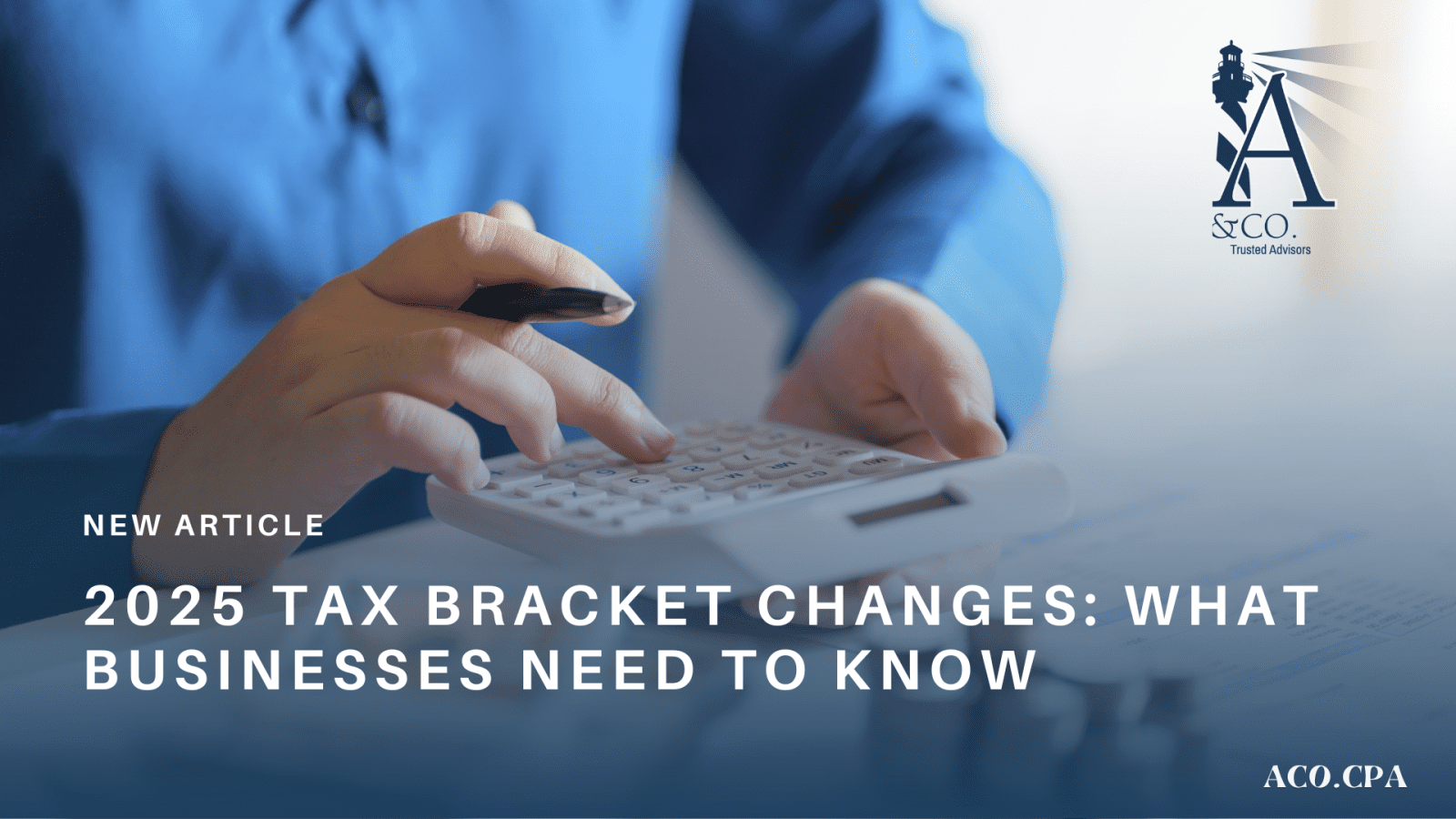Every year, the IRS adjusts tax brackets, deductions, and retirement contribution limits based on inflation, and the 2025 changes average around a 2.8% increase usbank.com+2usbank.com+2usbank.com+2. While this may seem routine, it has real implications for individuals and businesses alike.
For 2025, federal income tax rates remain at 10%, 12%, 22%, 24%, 32%, 35%, and 37%, but the income thresholds for each bracket have increased. Notably, the move from 24% to 32% now applies to single filers with taxable income over $197,300, and a 37% rate kicks in at $626,350 for singles ($751,600 for joint filers) usbank.com. These upward adjustments offer marginal relief, especially in high-growth or inflationary periods.
The standard deduction also increased—to $15,000 for single filers and $30,000 for joint filers—with additional amounts for those over 65 or blind usbank.com. This provides a meaningful reduction in taxable income for those who claim it, lessening compliance complexity and reducing reliance on itemized deductions.
Beyond these usual adjustments, a significant driver of uncertainty this year is the impending sunset of the Tax Cuts and Jobs Act (TCJA) at the end of 2025 usbank.com+1usbank.com+1. Without Congressional action, we expect:
- Reversion to higher individual rates, potentially reversing the favorable 22%, 24%, and 32% brackets.
- Standard deduction cuts, possibly nearly halving the current levels (e.g., from $30,000 back toward $16,600 for joint filers) com+2usbank.com+2usbank.com+2.
- Return of the SALT deduction cap repeal, altering the financial calculus for high-tax-state enterprises and individuals.
- Changes to the Qualified Business Income (QBI) deduction, which supports many pass-through entities and could disappear.
- Estate and gift tax overhaul, including a return of the exemption from ~$14 million down to near ~$7 million com.
Implications for the Business World
These changes are much more than tax brackets—they influence strategic behavior across the economy:
- Companies structured as pass-through entities (S corps, LLCs, partnerships) will need to evaluate whether the QBI deduction will be extended. A sunset could drive restructuring toward C corporations or shifts in compensation methods.
- The looming TCJA expiration is prompting businesses and high-net-worth individuals to accelerate deductions, charitable contributions, or Roth conversions to lock in current lower brackets before any reversal.
- Payroll and compensation planning will adjust as employers seek to balance taxable benefits, particularly if personal tax rates increase.
- Retirement and legacy planning strategies are being recalibrated, especially with rising lifetime contribution limits (e.g., 401(k): $23,500, IRA: $7,000) com+7usbank.com+7usbank.com+7usbank.com, and potential estate exemption changes.
In summary, while the incremental 2025 bracket and deduction adjustments offer modest relief, the tax landscape is on the cusp of transformation. Companies and financial advisors must remain vigilant. Actions taken now—such as scheduling strategic deferrals, maximizing retirement contributions, and reviewing entity structure—could yield significant savings or prevent future burden when TCJA provisions sunset.
Staying informed and proactive will be key for both individual taxpayers and businesses navigating the uncertain tax curve in 2025 and beyond.
Contact our office to schedule a consultation and ensure you’re on the right path. We can be reached at [email protected] or 203-925-9600 for more immediate assistance.



